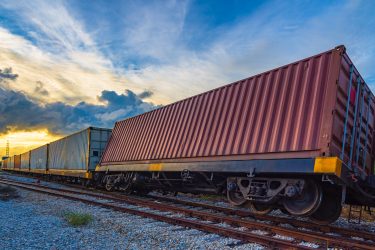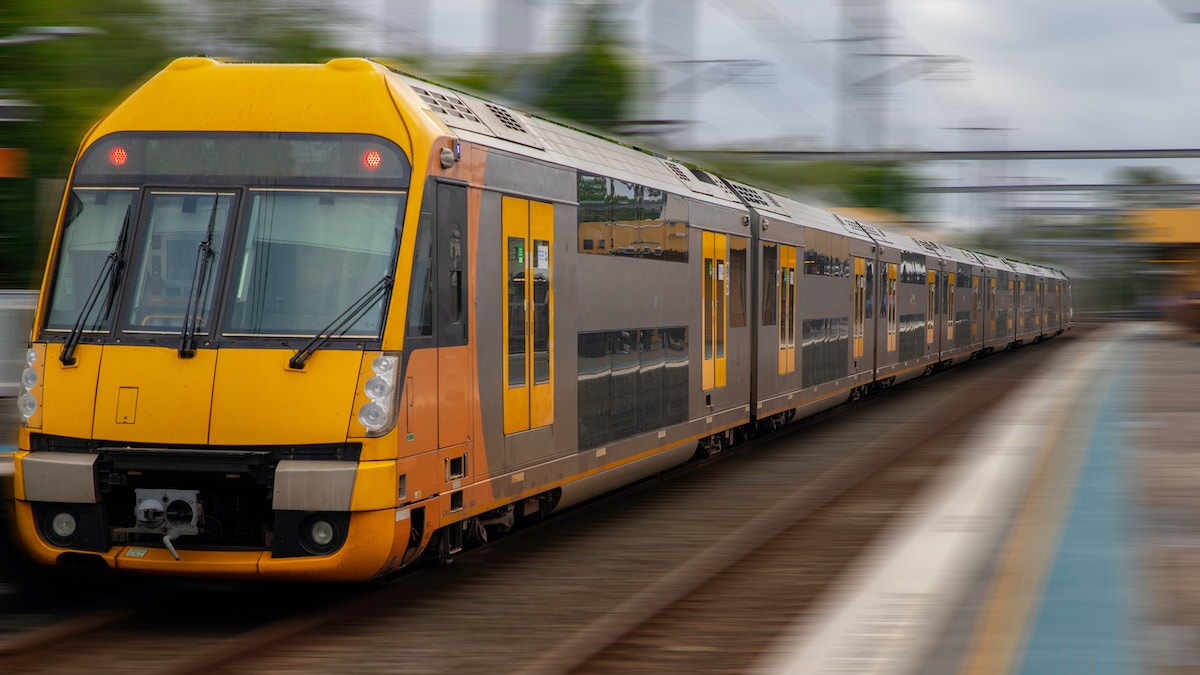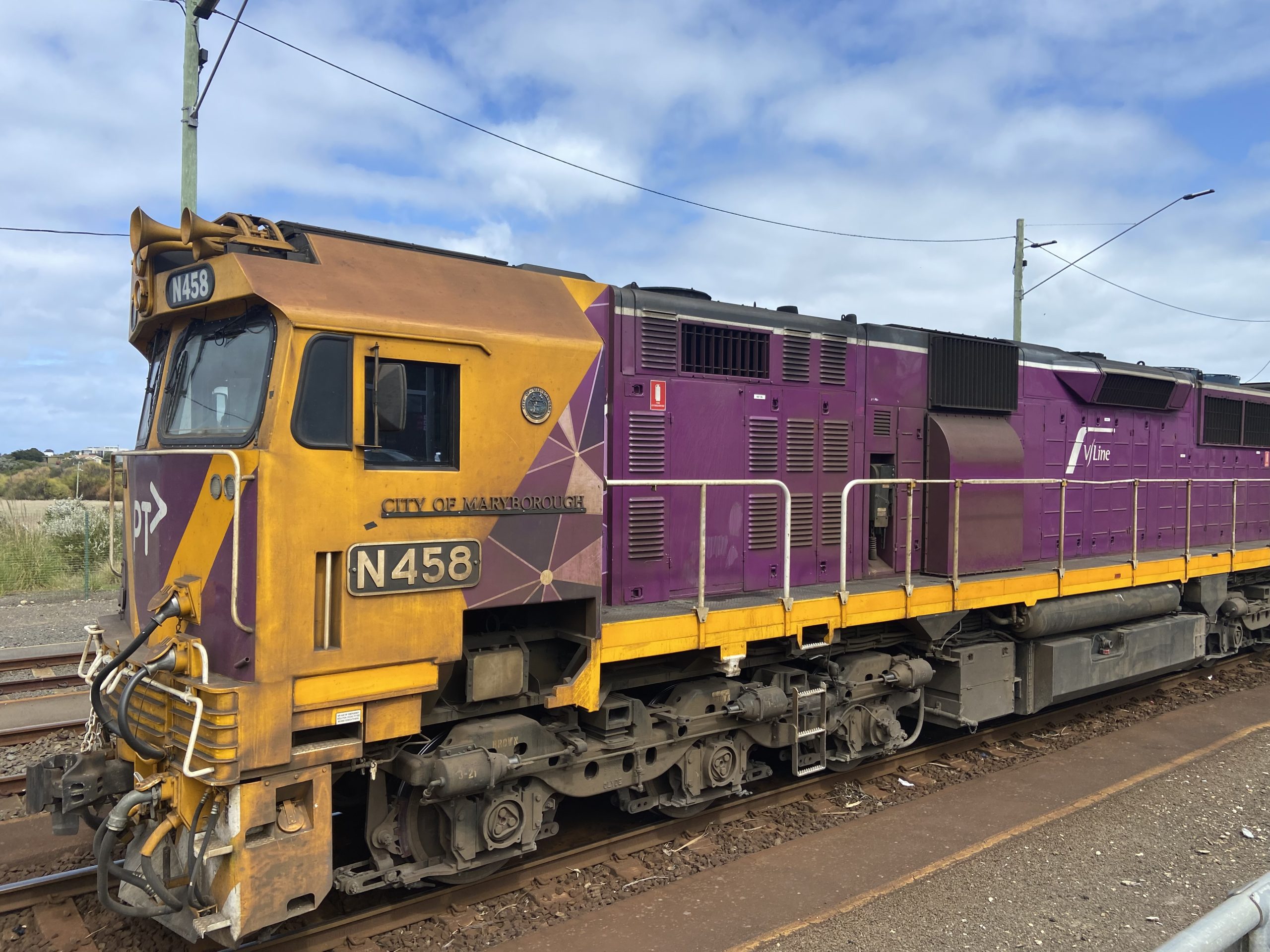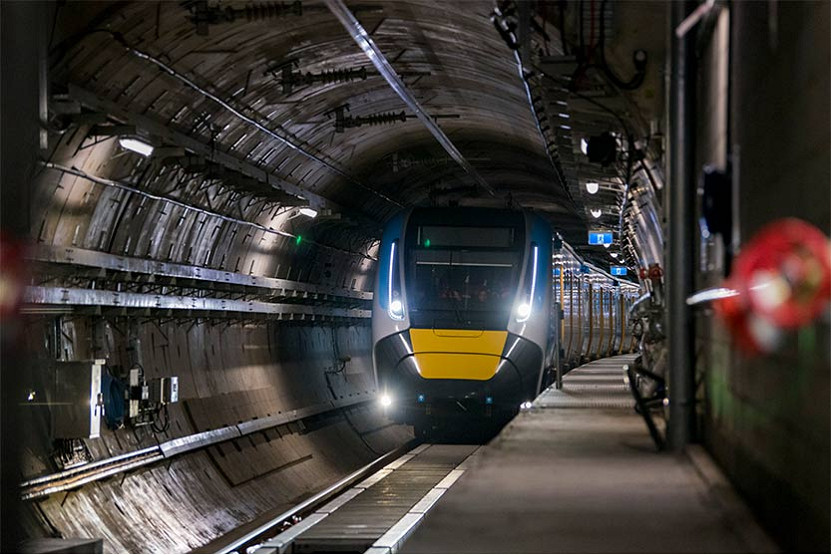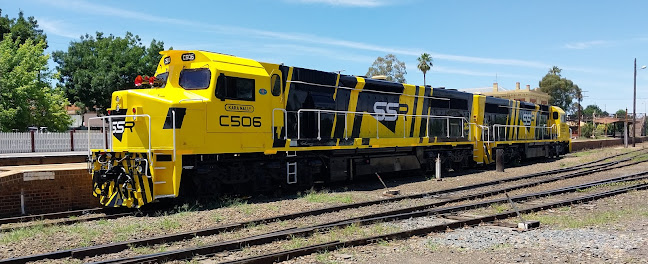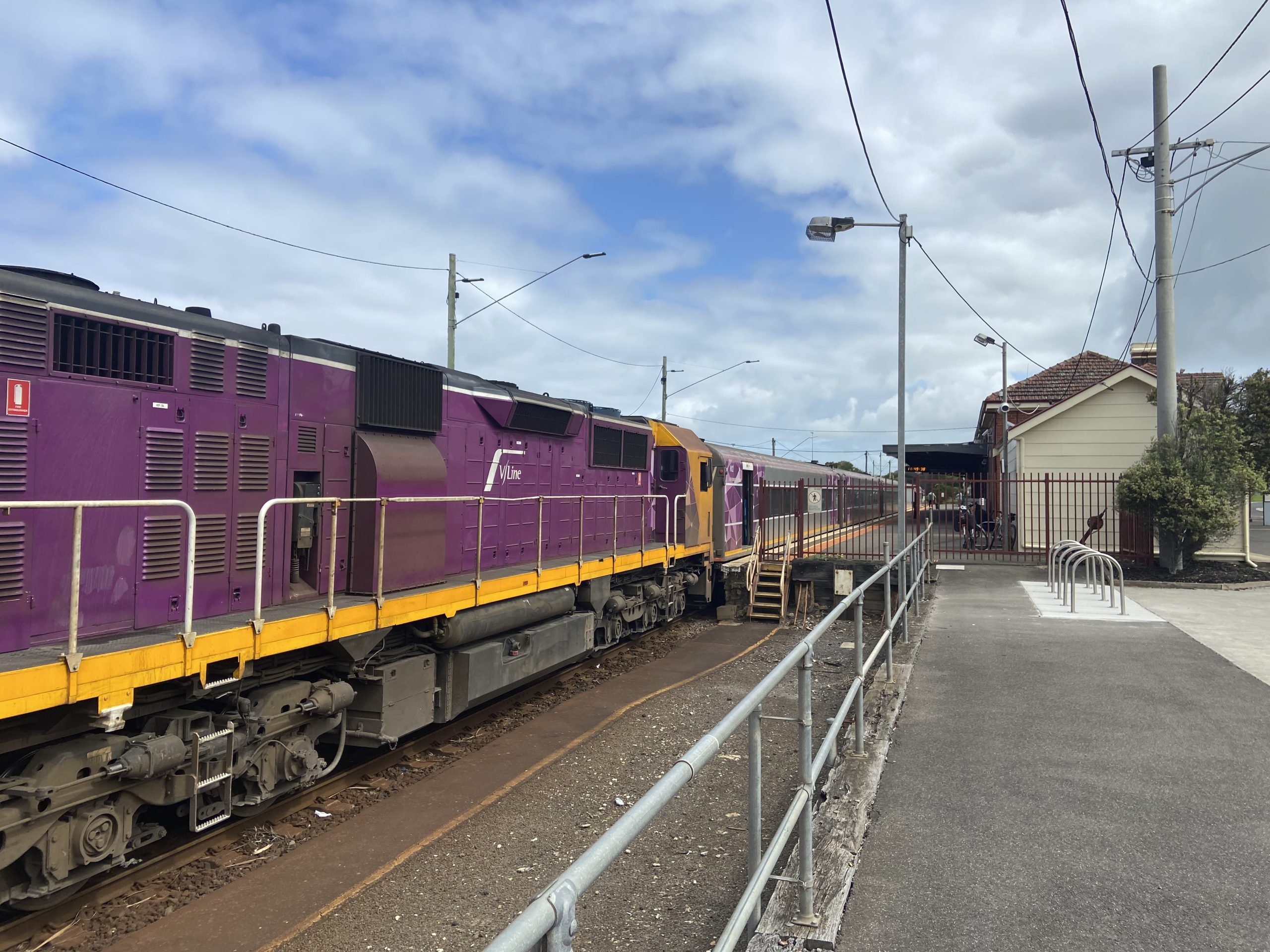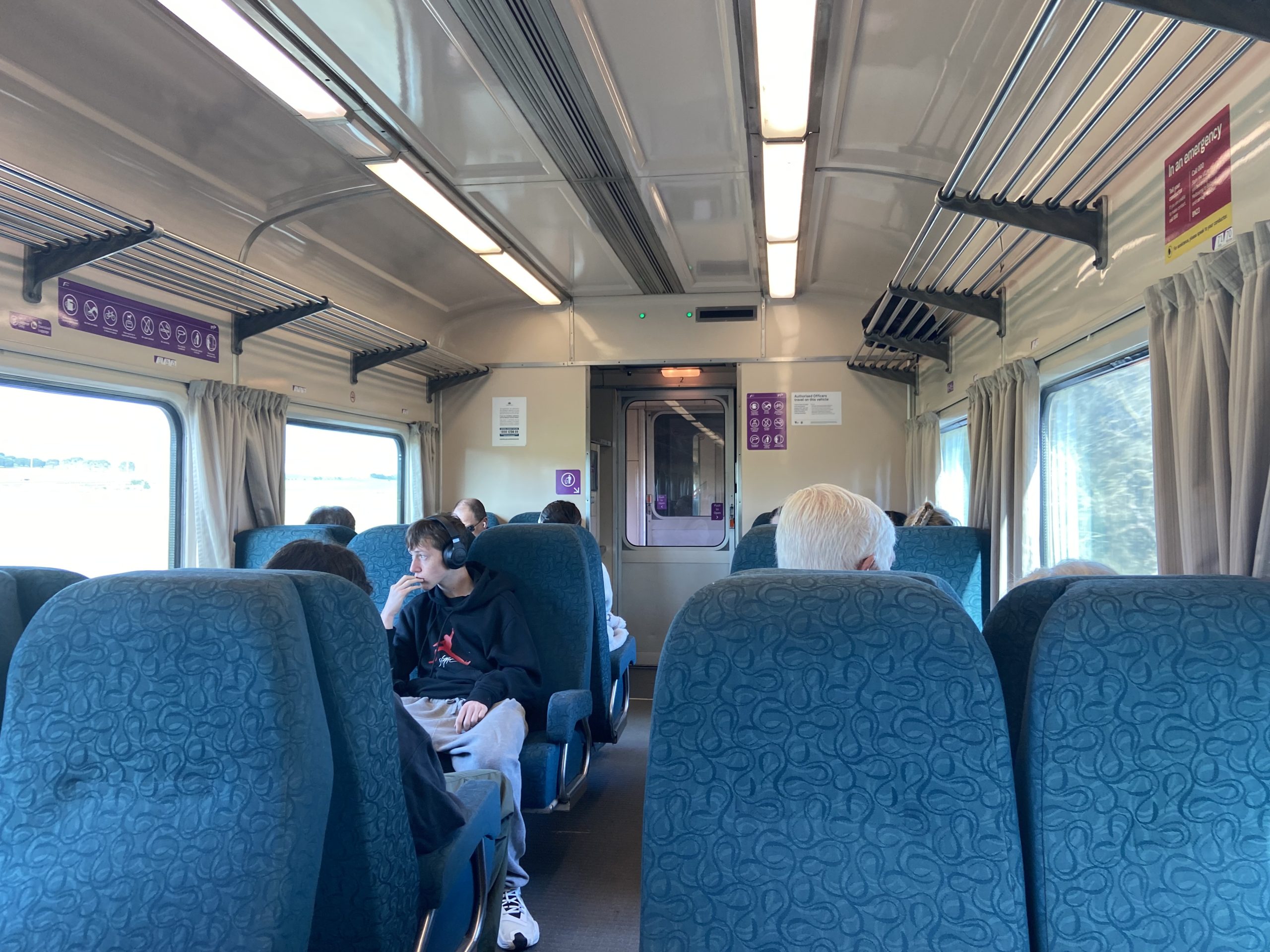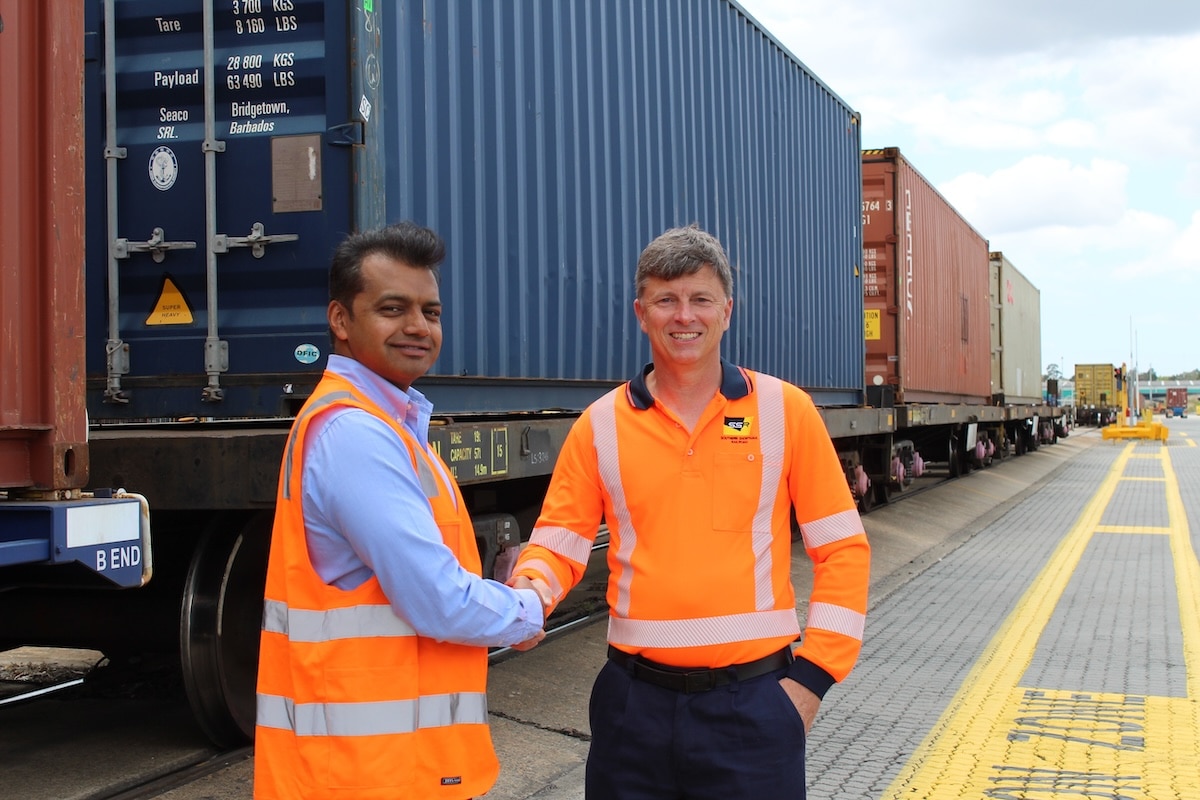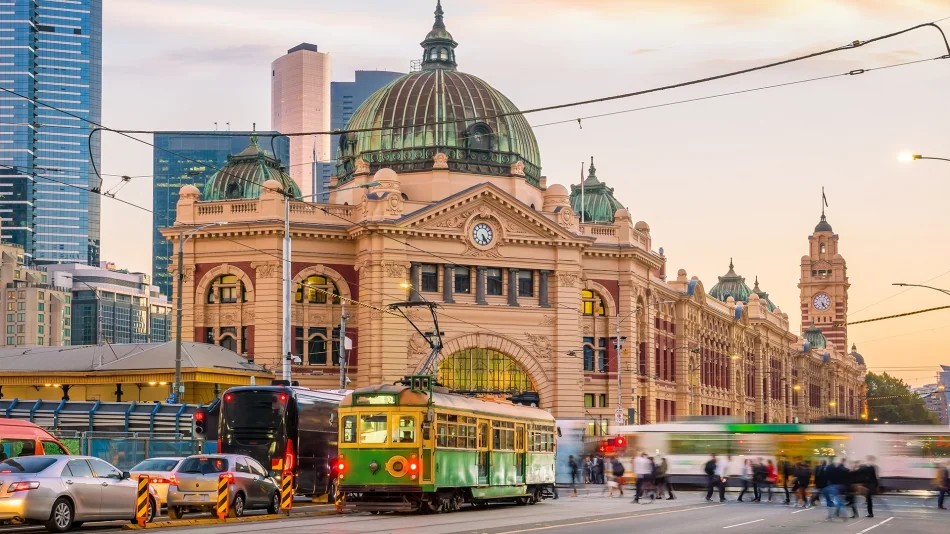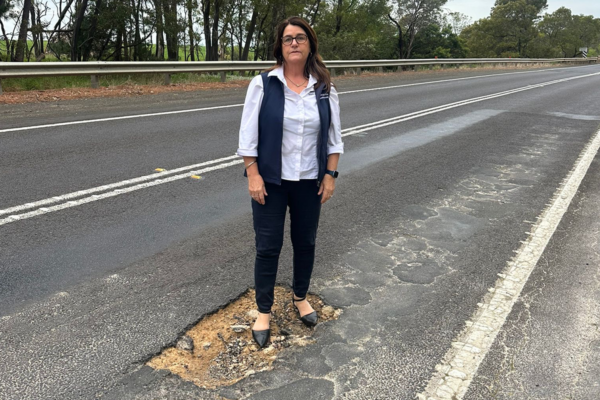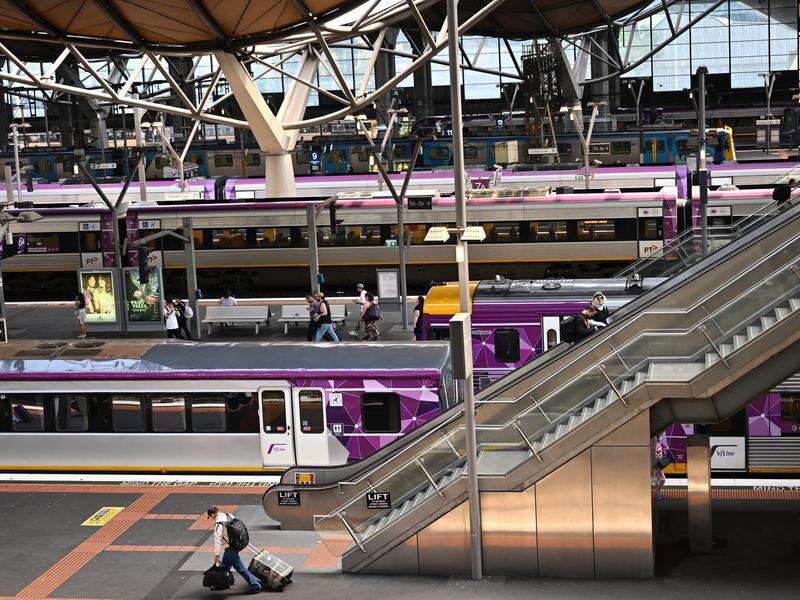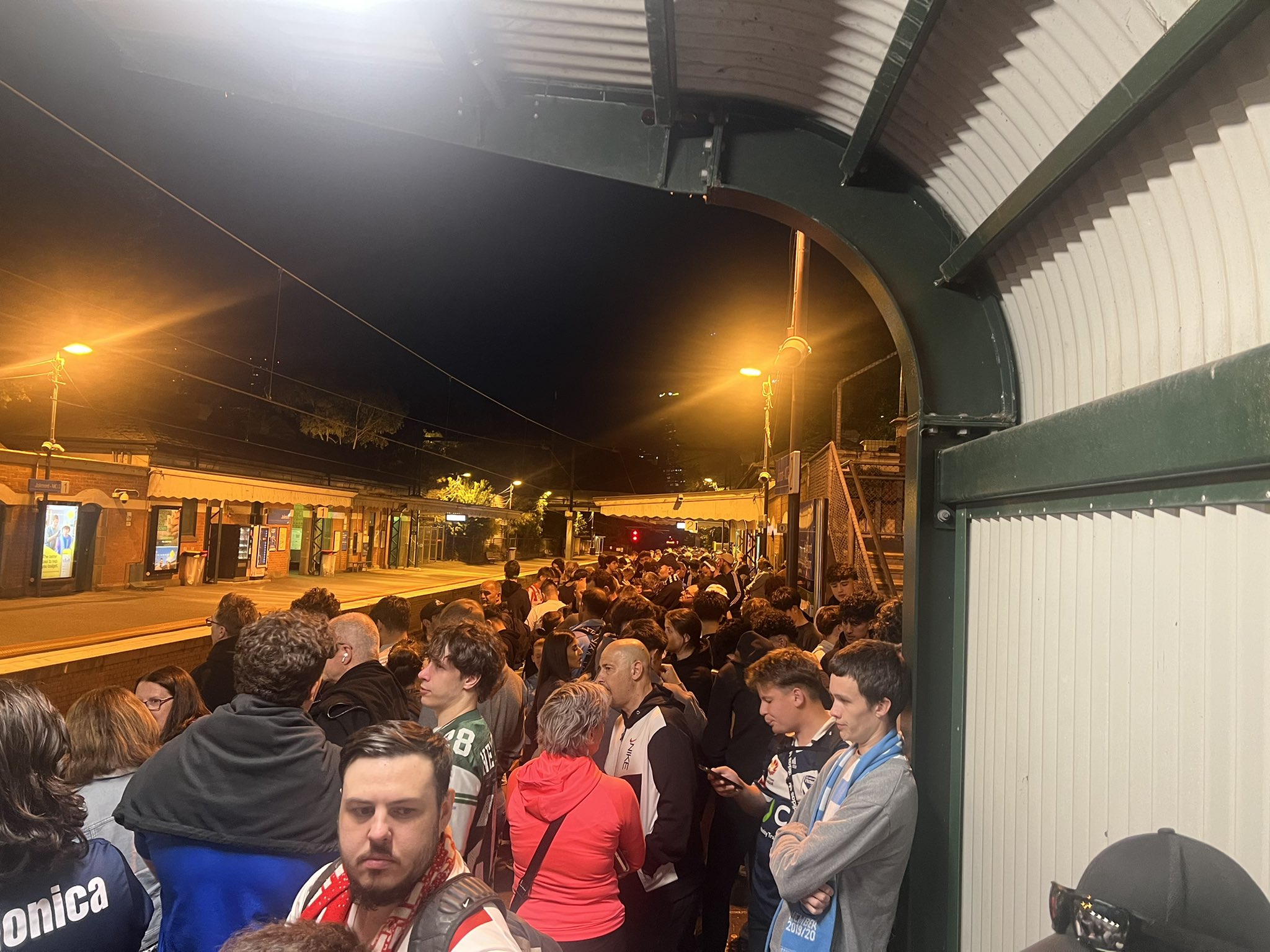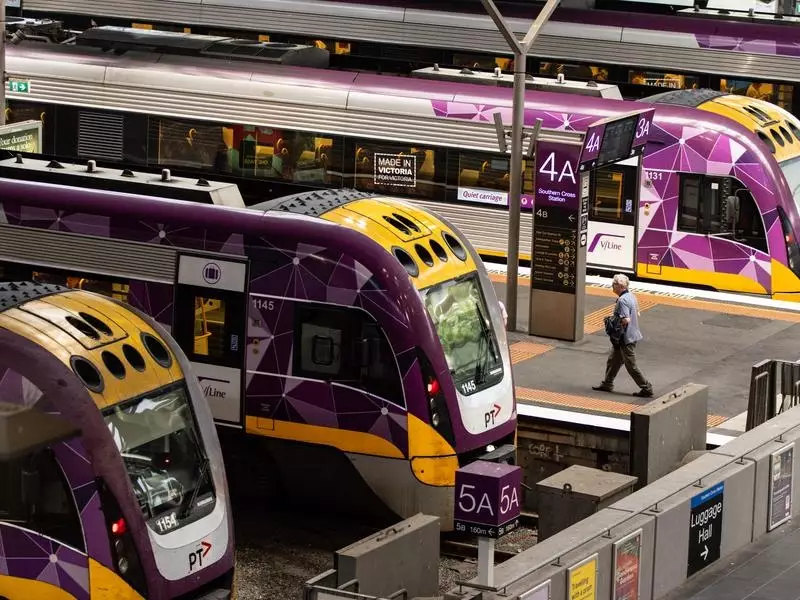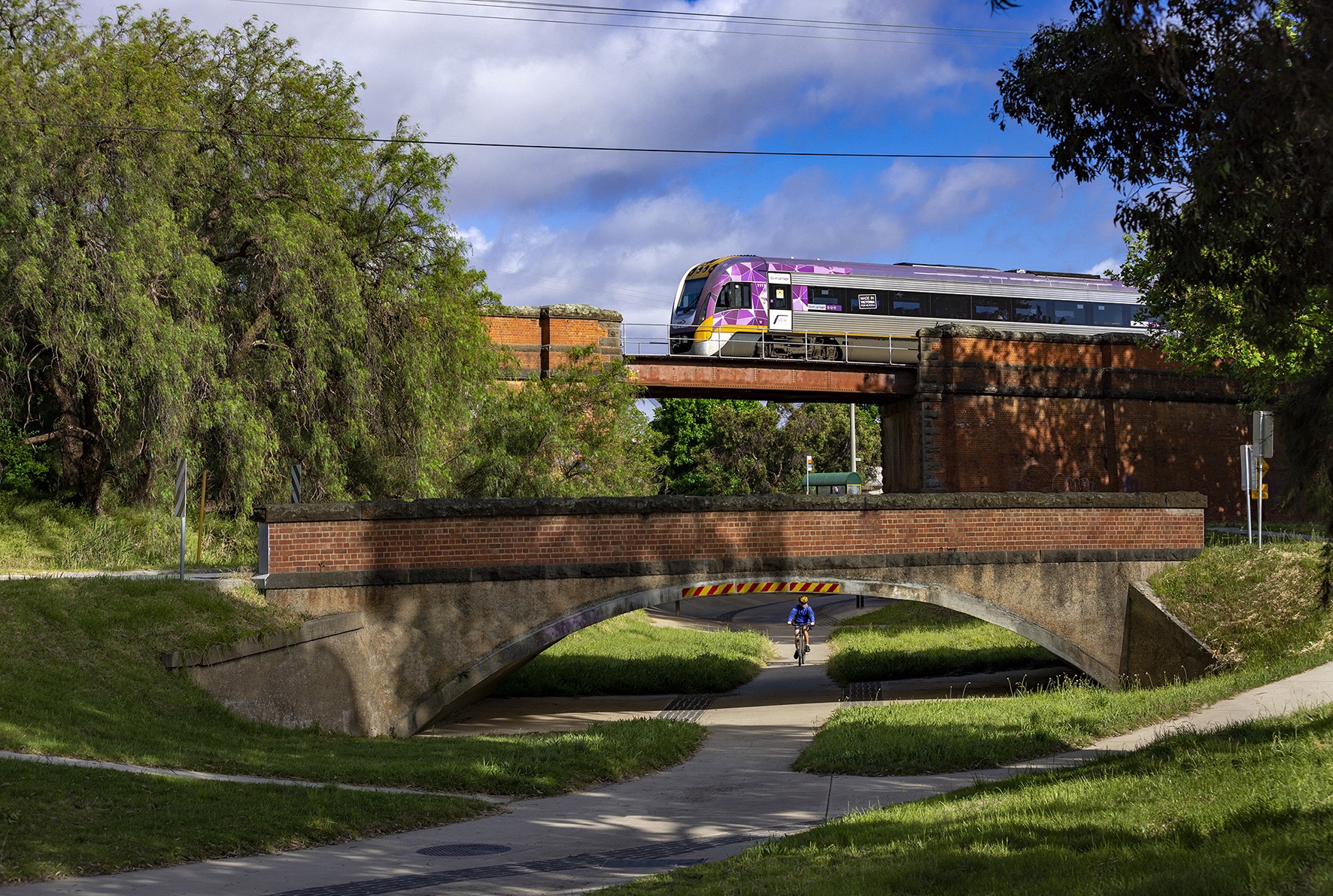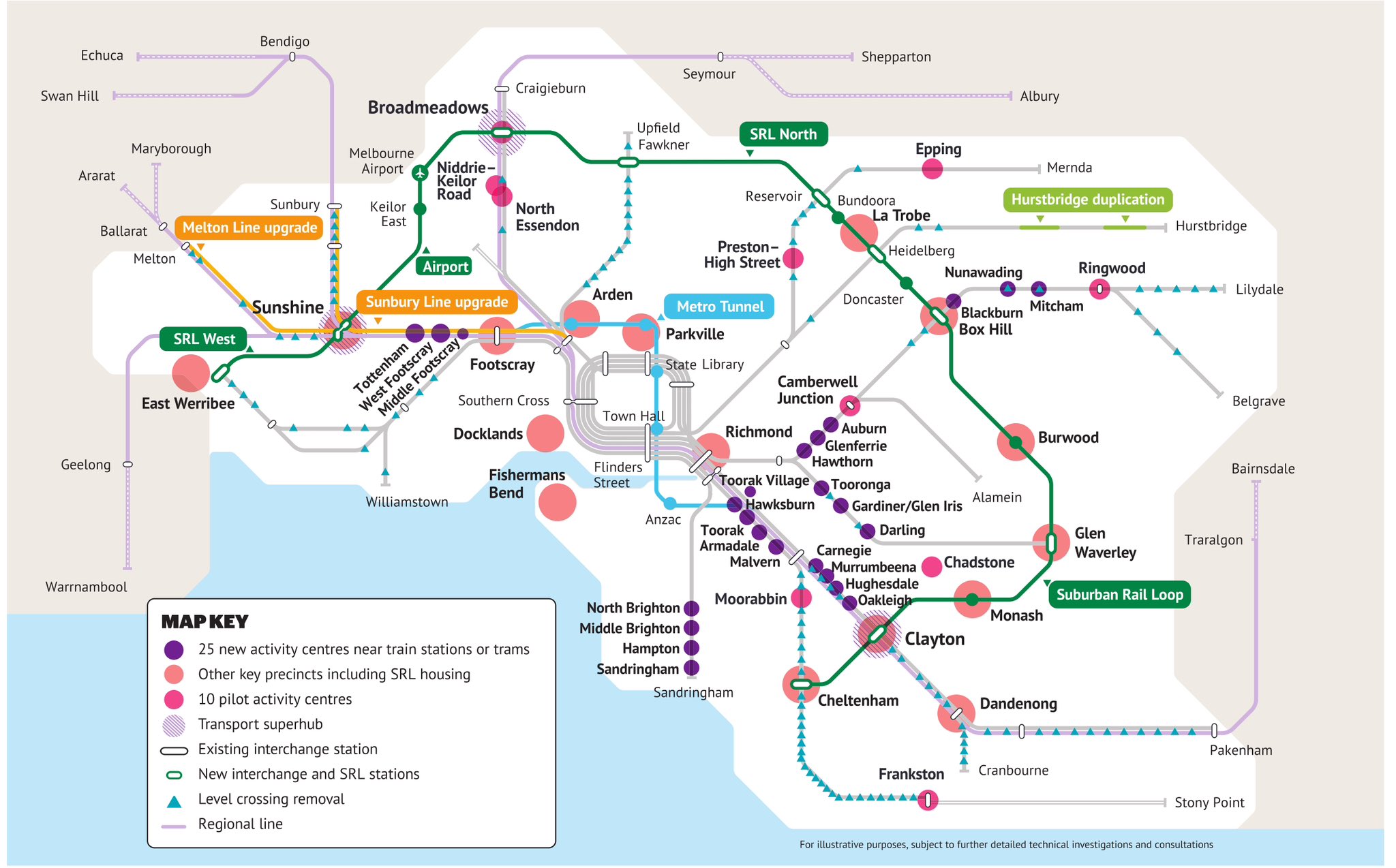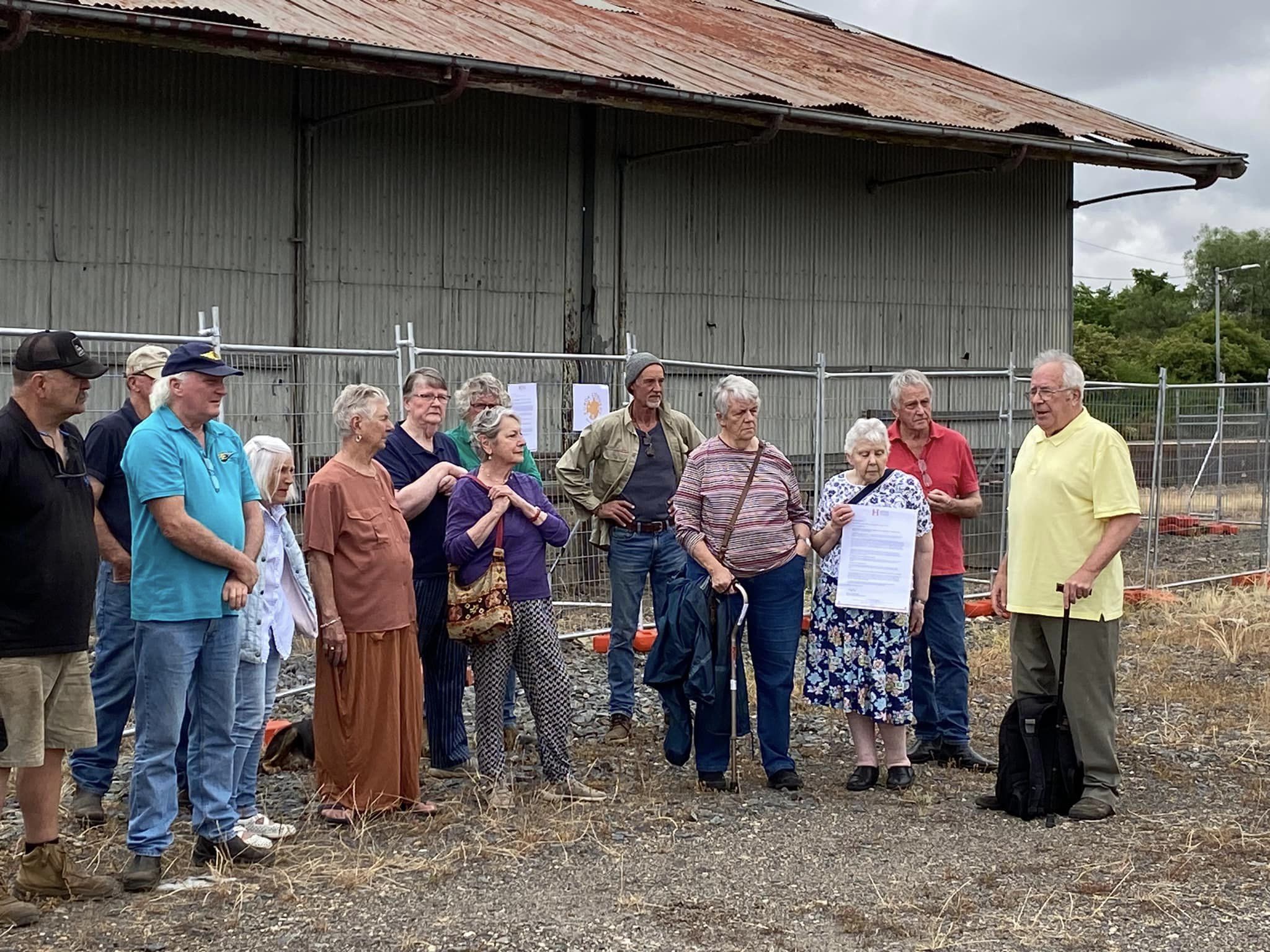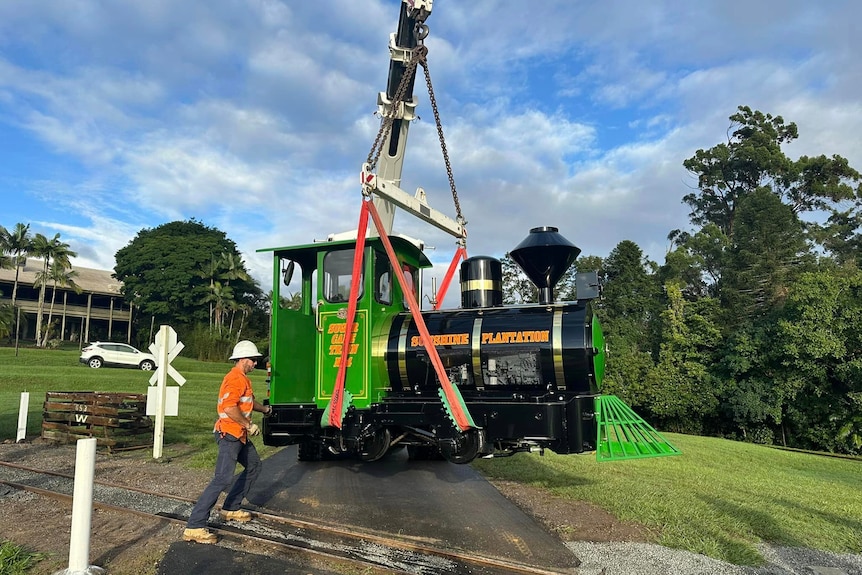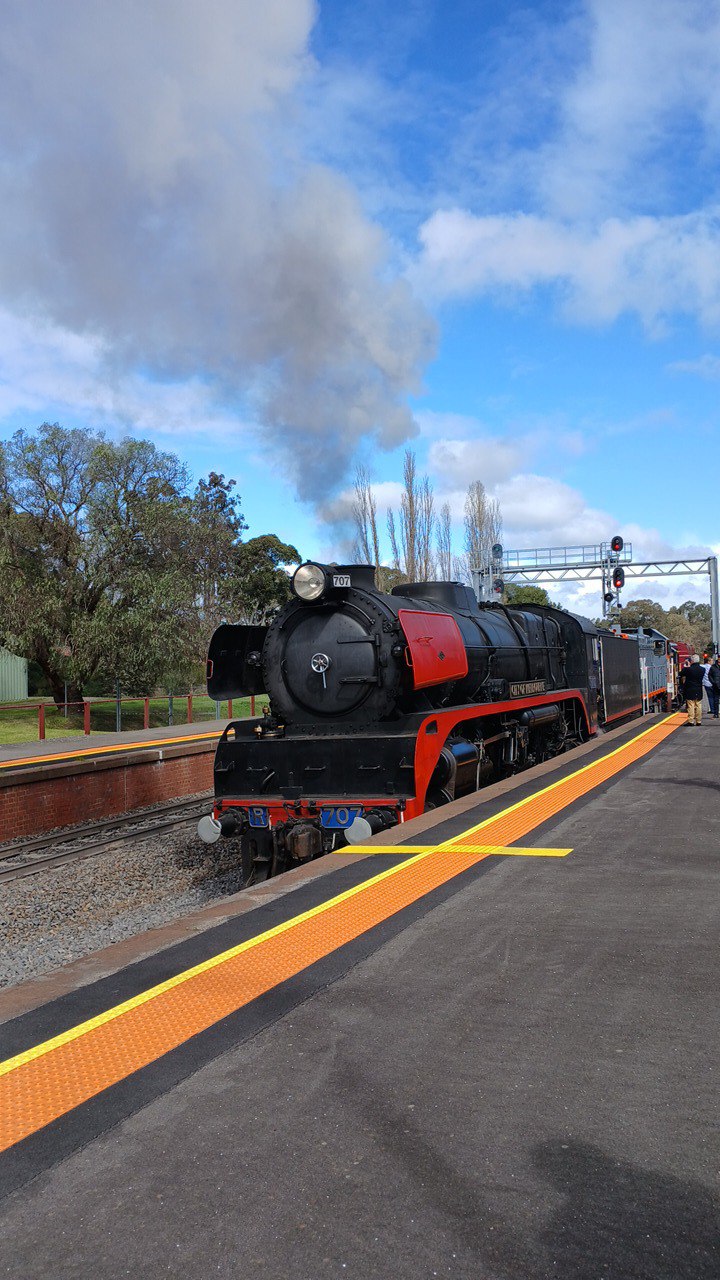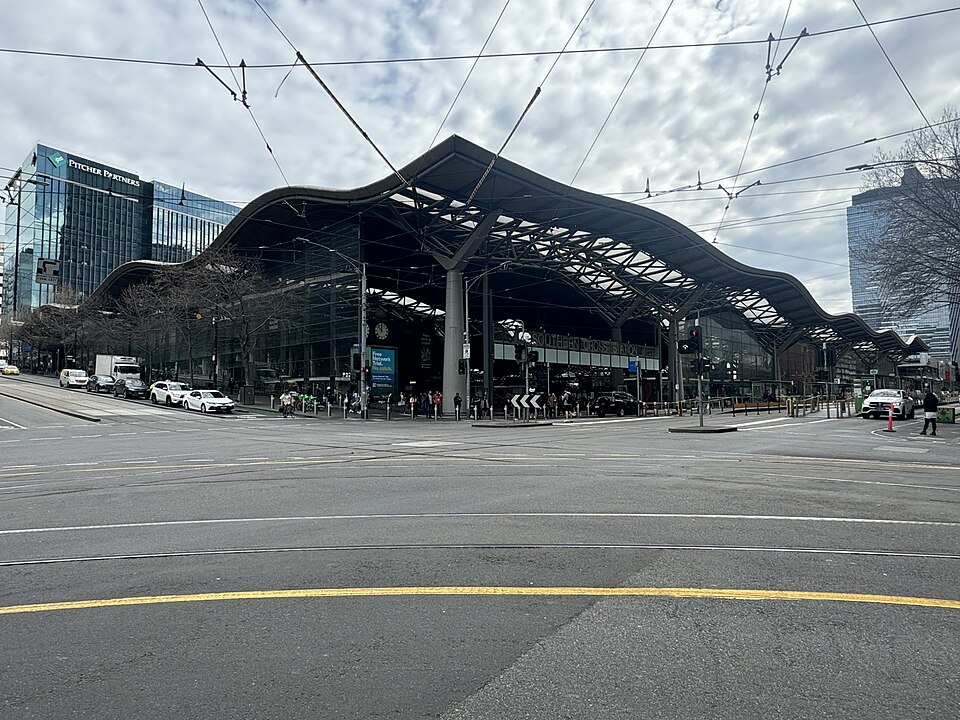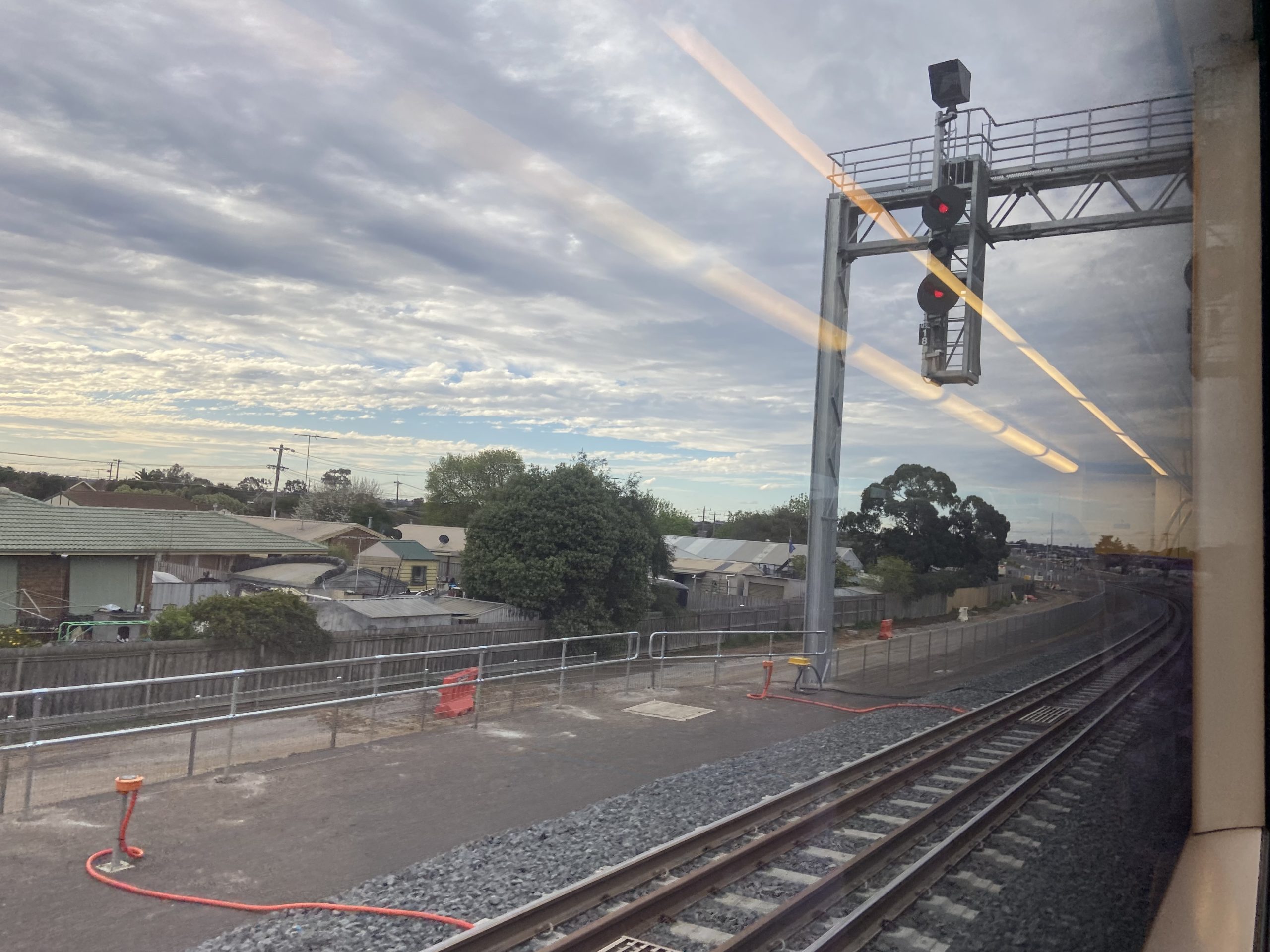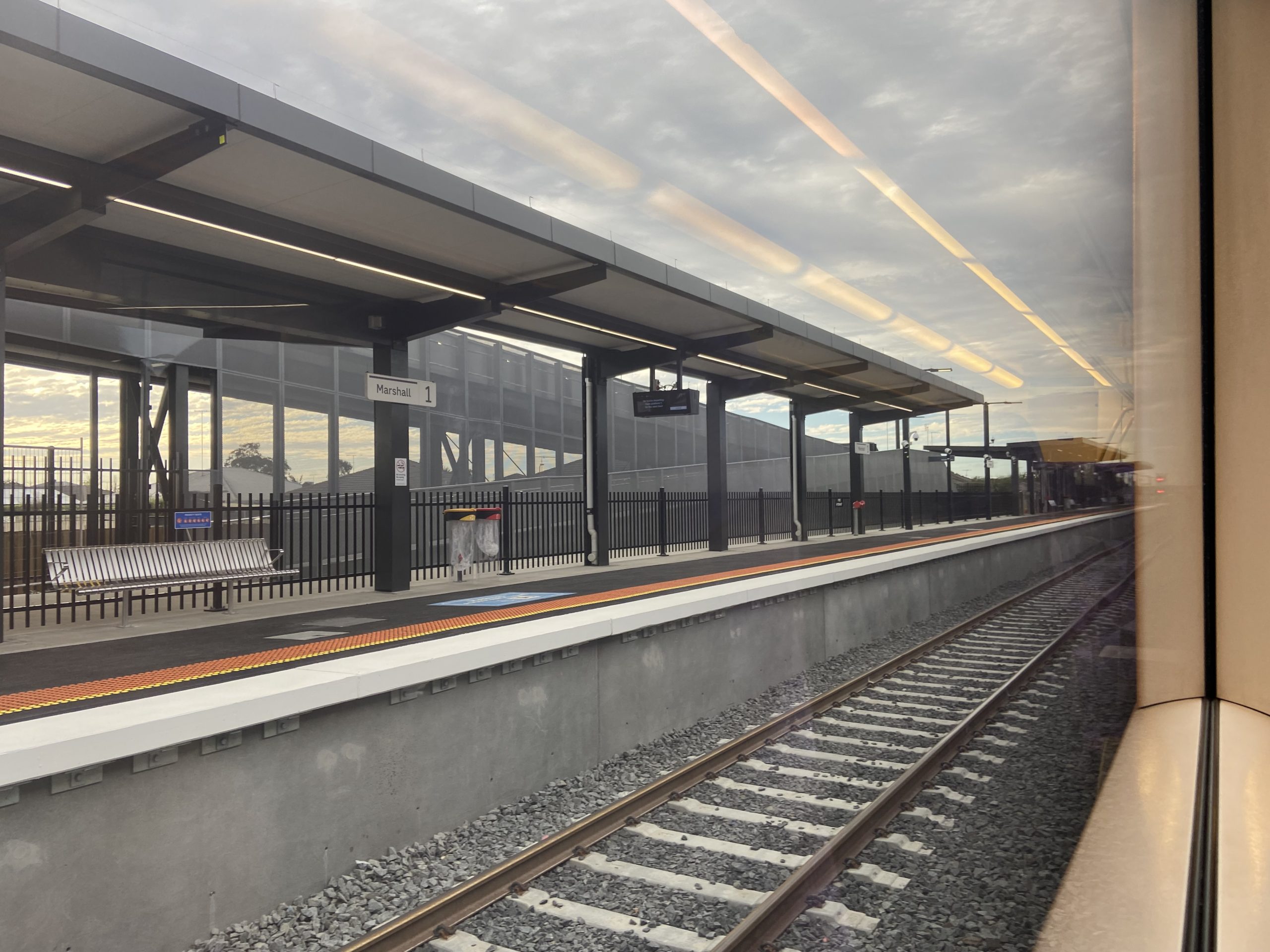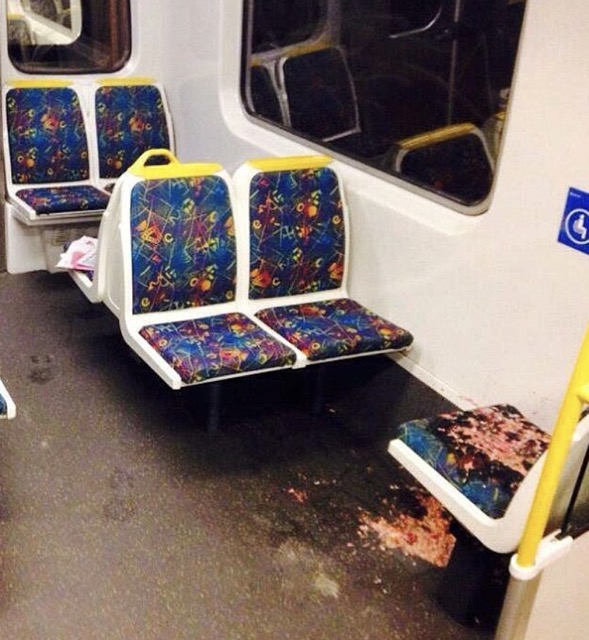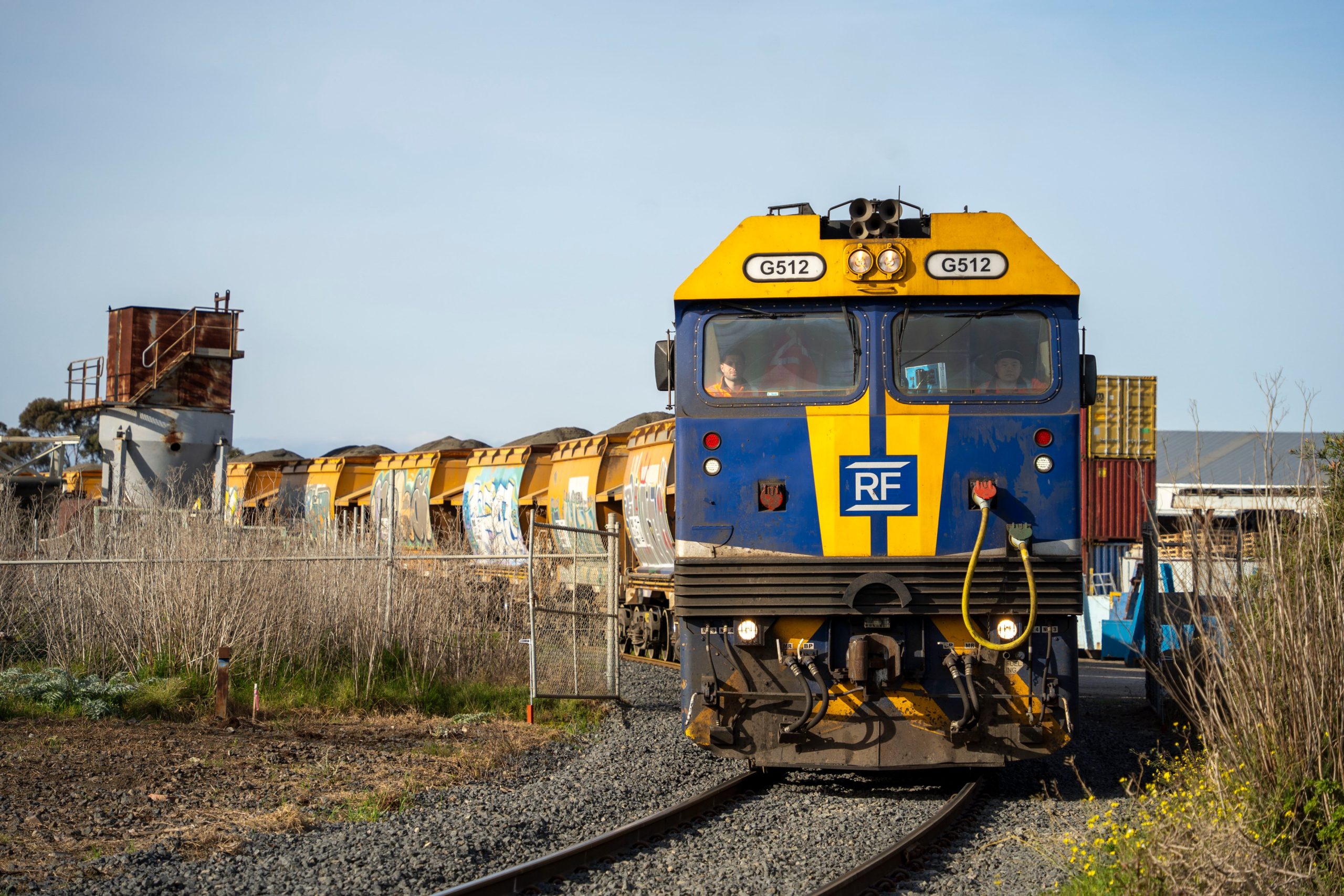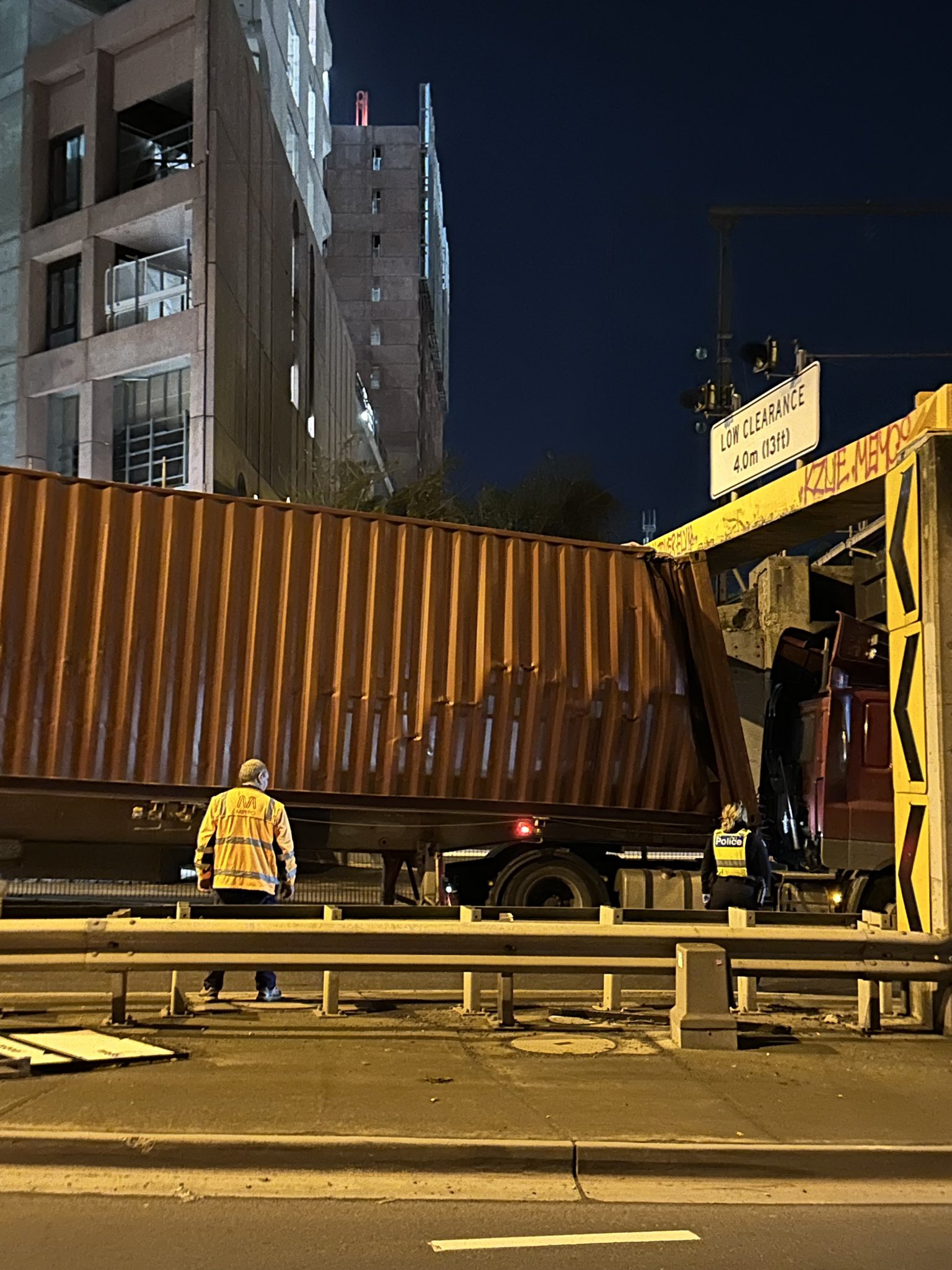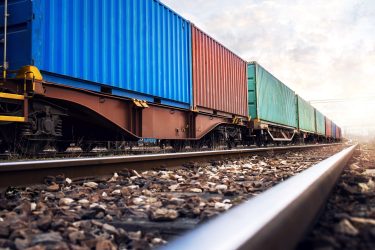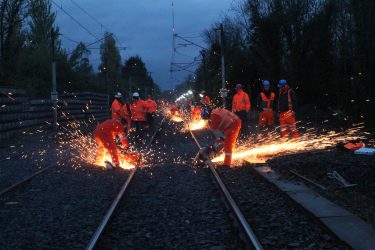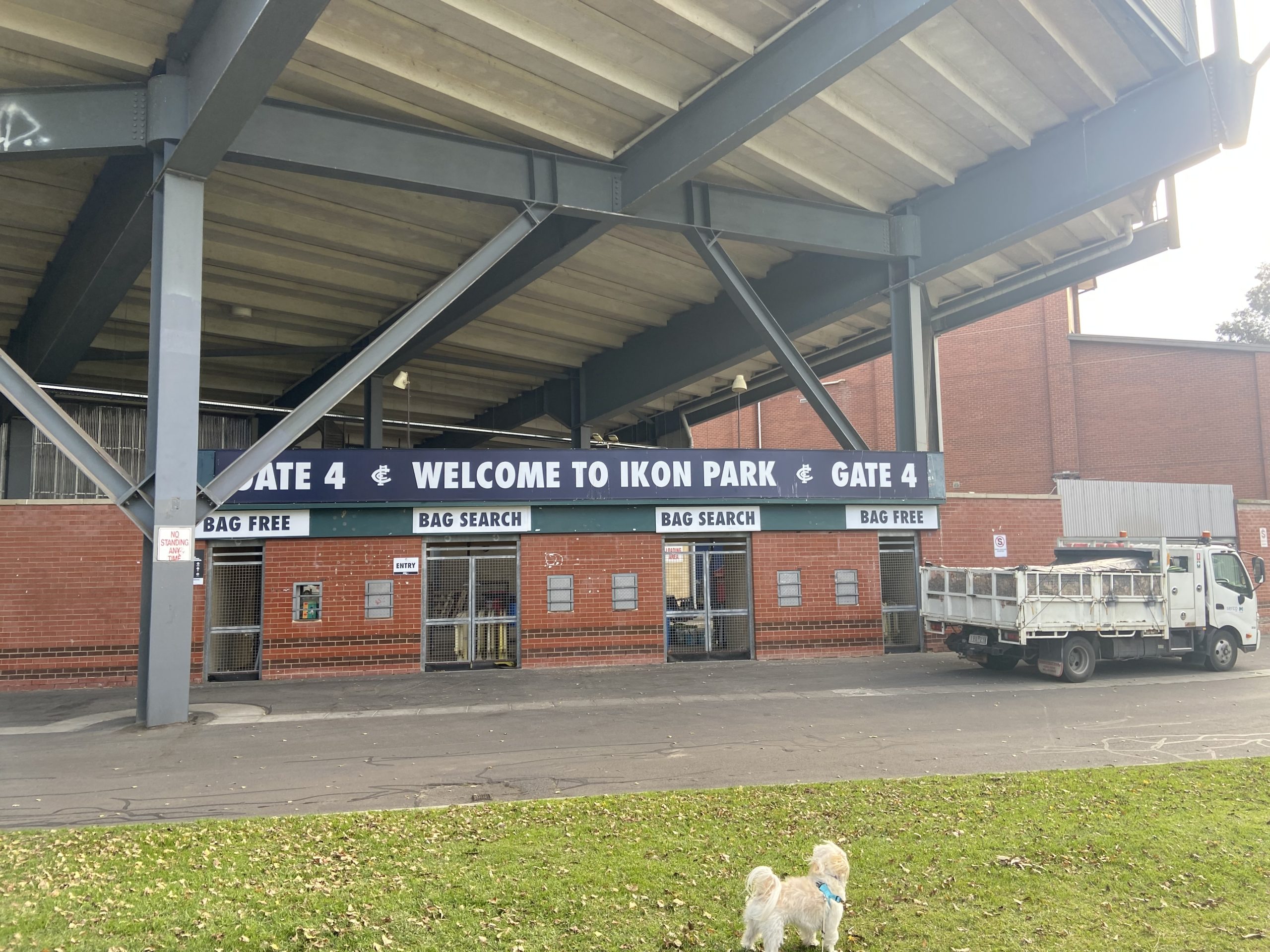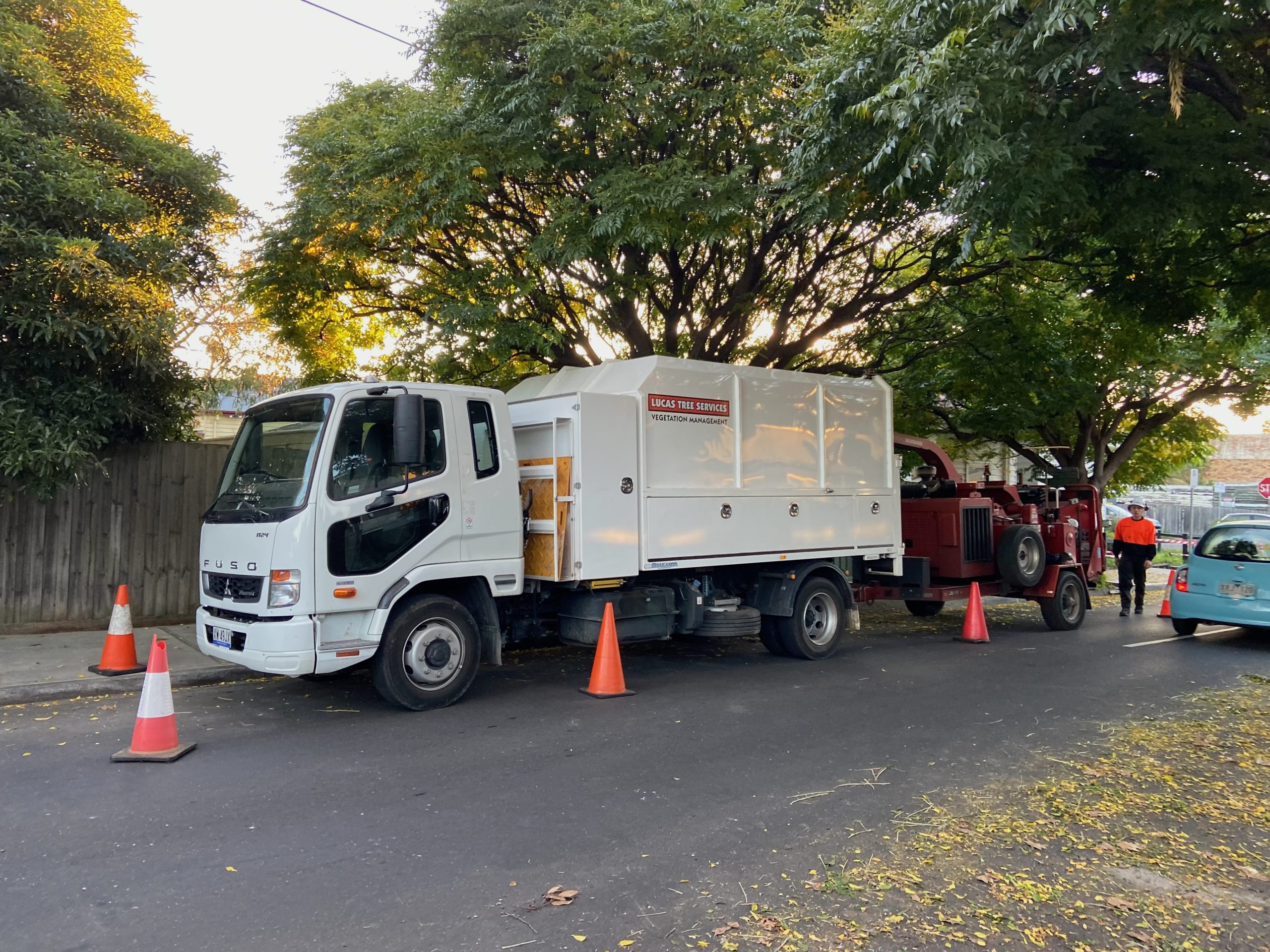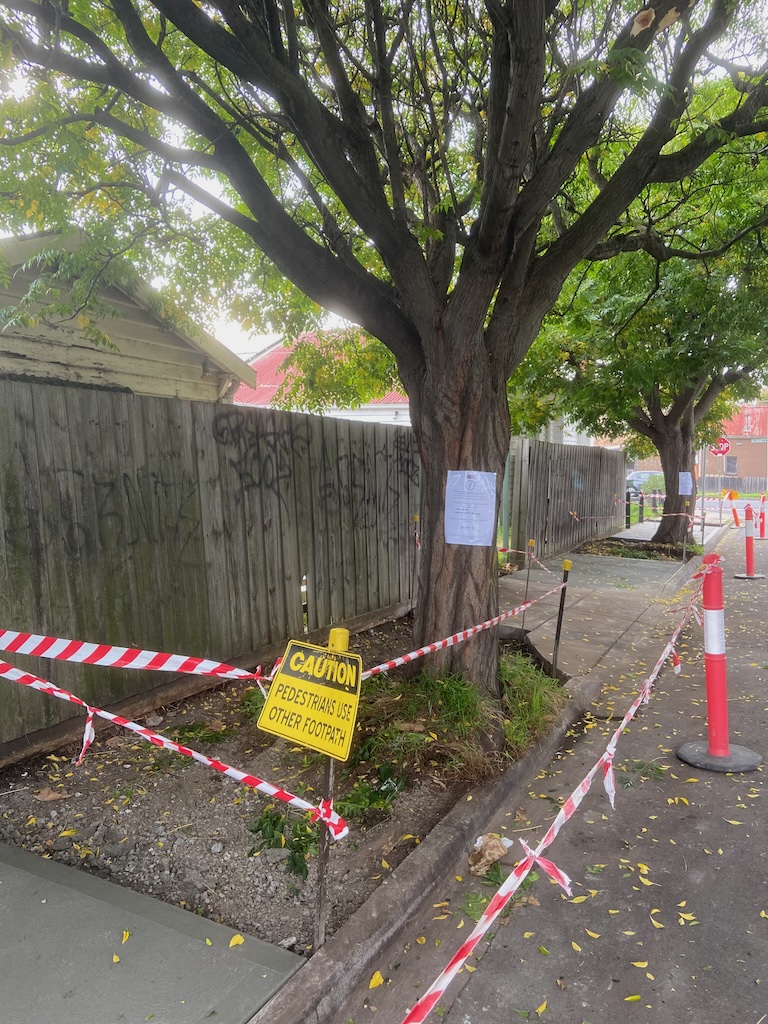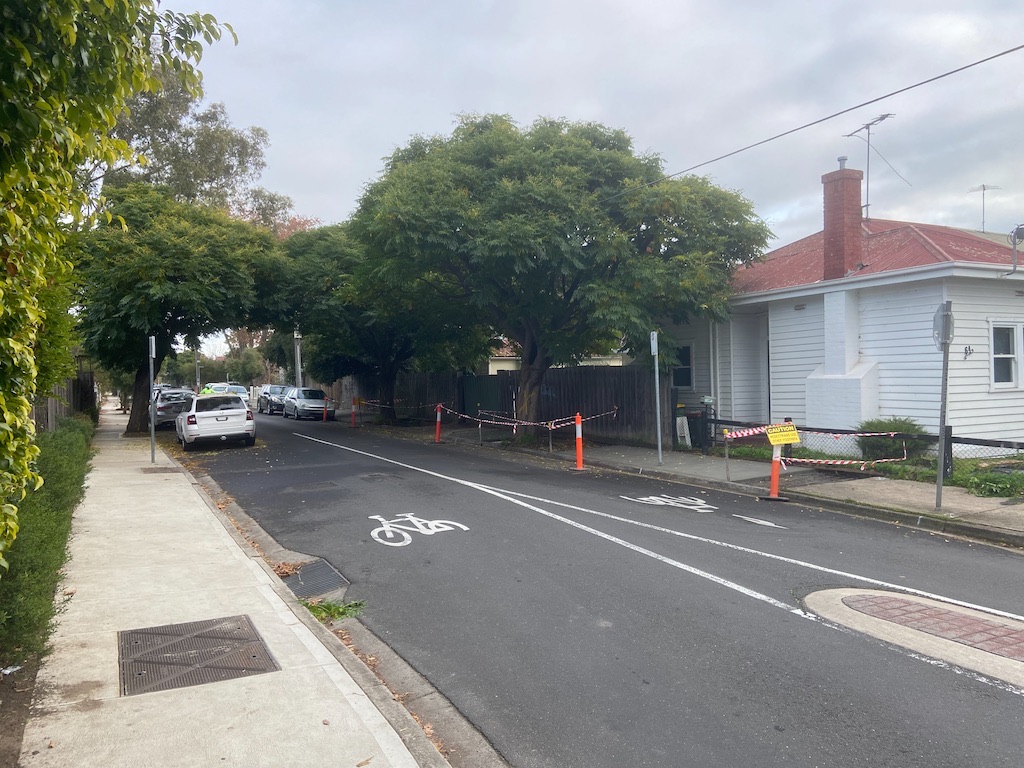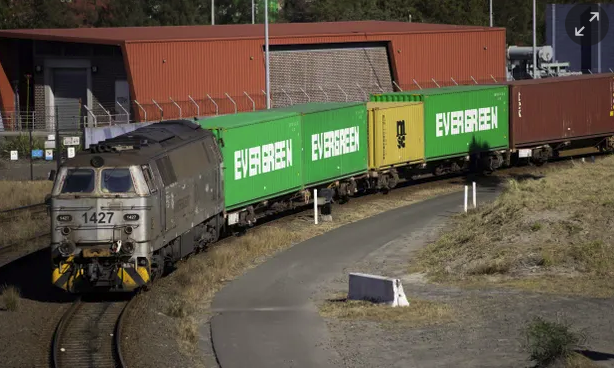Opinion – New Zealand is at a junction when it comes to inter-regional public transport and passenger rail. \
\
Will it continue its recent path of almost entirely focusing investment on urban passenger rail in the Auckland and Wellington regions? Or is there room to expand planning to include passenger rail reconnecting regions to the main urban areas and extending into New Zealand’s Heartland as a national network? \
\
This comes down to the question as to what sort of country we want New Zealand to be? At stake are questions of social equity, national connectivity, transport accessibility, meeting climate change commitments, improved transport safety, regional rejuvenation, affordable housing access, and even patriotic national pride as one joined up nation. Few things give the perception of a united nation like quality national rail networks. In order to get sustainable regional rail up in New Zealand, we will need national consensus to correctly identify viable opportunities and problems we are trying to solve so it can fulfill its potential to help deliver a more sustainable future that helps New Zealand fully realise it’s potential. \
\
**Brief History Of Passenger Rail** \
\
Rail in New Zealand was first delivered by the Provincial Governments from 1863 onwards. \
\
About 1873, Julius Vogel, often called the father of New Zealand Railways (and briefly New Zealand Premier), developed a plan for an affordable Cape gauge national rail network spanning the length and breadth of the land. The network was finally completed when the Interisland Picton – Wellington Rail Ferries entered service in 1962. At its height in 1953, 5,690 route km of track were open, however, this has reduced to about 3,700 operational route km today of which only about 700 km is used by passenger trains. In the 1970’s, premier trains such as The Silver Star, The Silver Ferns, The Northerner, The Endeavour, The Blue Streak and The Southerner linked New Zealand main centres into a national network of quality services. Various regional trains also ran to outlying regions. NZ Railways Road Services (buses) initially setup to link areas not served by passenger rail, started replacing rail services over time. This combined Railways network of trains and buses enabled a joined up public transport network across pretty much all of New Zealand. This Railways-run national public transport network was systematically dismantled from 1987 to 2002 when regions were left to determine public transport networks for each individual region. A big change occurred in 1991 when Railways Road Services were sold to a consortium that has since run the InterCity group fully commercial bus network. The national connected public transport network was thus lost. \
\
In 2001/2002 passenger rail services to Rotorua, Tauranga, Napier, Dunedin, and Invercargill ceased. The Auckland and Wellington overnight train ceased in 2004. Only the day time Auckland to Wellington, Picton to Christchurch, and Christchurch to Greymouth rail passenger routes connecting the three main centres via the Interisland Ferry connection remained as 2020 dawned. Over time these services moved more towards a foreign tourist base losing their public transport focus with a new carriage fleet being delivered around 2011. \
\
**Current State** \
\
COVID-19 has not been kind to long distance rail in New Zealand. The recent announcements by KiwiRail of the cancellation of the Northern Explorer and the Coastal Pacific, due in part to absence of international tourism, has reduced the New Zealand passenger network to about 700 route km in total including Metro. These two trains were the last rail passenger connection between our largest main centres of Auckland, Wellington, and Christchurch via the Interisland Ferry connection. KiwiRail’s current plan, “Project Restart ‘22”, is to introduce “Trains on tour” covering these, and potentially other, routes when high value international tourism rebounds. This involves reconfiguring the rolling stock from the former services into a cruise on rail concept. It seems unlikely there will be any services for people making more general same day journeys between the main centres rendering intercity rail between New Zealand’s main centres dead, an outcome that seems to have gone largely unnoticed. \
\
One bright spot is that in 2021 the Te Huia rail passenger service between Hamilton and Auckland commenced. Unfortunately starting in the middle of a pandemic has not helped its passenger loadings due to various restrictions and constraints. However, it is the first service in perhaps a new paradigm and helps give a glimpse of a model as to how regional rail could re-emerge. \
\
The Capital Connection between Wellington and Palmerston North, running since 1991, also continues to run with replacement carriages currently under refurbishment. Further, the TranzAlpine continues its run between Christchurch and Greymouth as a gesture of good will by KiwiRail to promote domestic tourism. \
\
**The Way Forward** \
\
In deciding what a future inter-regional rail network may look like, it is important to establish what some of the key success factors may be. Key criteria include identifying where rail has a strategic advantage over other public transport modes or private motor car use. \
\
Some of these include potential journey time advantages due to superior rail alignments over road such as tunnelling or serving larger intermediate towns on route where large passenger flows can be generated. As an example, the route between Wellington and Wairarapa through the Remutaka Tunnel offers a key advantage over road avoiding the trip over the hills. Whilst strictly not inter-regional, as both the Hutt and the Wairarapa are part of the broader Greater Wellington region, it does demonstrate how such advantages has seen rail flourish. \
\
Areas for regional rail development broadly follow into four sub networks: \
\
**1. The Golden Triangle: Auckland – Hamilton – Tauranga** \
\
This sub network would connect the three major urban areas of Auckland, Hamilton, and Tauranga and is about 250 route km. Close to 50 per cent of New Zealand’s population lives in these regions. Reconfiguration of the Auckland Strand Railway Station to an improved regional rail terminus together with good access to a relocated Parnell Station would enable regional passengers to connect with Auckland’s City Rail Link stations. \
\
A fourth main line should be prioritised between Wiri and Westfield (currently the third main is being built) with third mains extended south towards Pukekohe. This should be part of the Auckland Rail programme business case currently under development as it has the benefit of not only facilitating regional rail connections into Auckland but enables Auckland Transport to implement more express services rather than the frustrating situation that sees all trains stop at all stations from Pukekohe to Auckland Central. This development is one of national strategic importance for all New Zealanders – not just Aucklanders and without it, regional rail into Auckland will surely struggle to develop. \
\
A gradual raising of speed towards 160kph south of Papakura to Hamilton enabled by investment in upgraded infrastructure, deviations, and tilt train technology should be the aim. This paves the way for the expansion of time competitive services to Hamilton and Tauranga. Additionally, a sub-regional Waikato network may develop with commuter type services between Te Awamutu, Hamilton, and Huntly and Hamilton to Morrinsville coupled with the reopening of the underground station at Hamilton Central. Duplication of some track and new signalling east of Hamilton towards Waharoa junction will improve capacity on what is one of KiwiRail’s busiest freight corridors. Additionally, electrification south of Pukekohe together with the use of bi/tri-mode (electric, battery, and fuel cell/diesel engine) trains will increase speed efficiency and deal with issues such as fumes in the Kaimai Tunnel. Service patterns with trains every one to two hours on these routes could be feasible over time. \
\
**2. Lower North Island: Wellington – Palmerston North – Whanganui** \
\
In the lower North Island, a focus on extending metro services north towards Otaki and inter-regionally to Levin, Palmerston North, and even Whanganui should be the aim. Much of this is under planning now with regional councils in those areas, with new rolling stock options for these routes being subject to business cases. Extending electrification north towards Palmerston North should be the aim but bi/tri-mode rolling stock provides a cost-effective flexible solution in the meantime. The Wairarapa services, though not inter-regional, will utilise this rolling stock too. A move to higher capacity signalling, such as ETCS (European Train Control System) L2 along with modest infrastructure will enable better network capacity utilisation and improve transit time. \
\
**3. Canterbury and Otago** \
\
In the South Island, rapid rail from Christchurch through Ashburton to Timaru would be a priority. These are quite large cities and towns whilst the rail alignment is capable of faster runs compared to road with only relatively modest investment in stations, infrastructure, and rolling stock being required. This could encourage significant regional growth along that corridor. Urban rail initiatives in Christchurch such as suburban trains on the Lyttelton to Rolleston and north to Rangiora corridors are possible. A Christchurch central station at the former Moorehouse Avenue site would only be a short stroll to the CBD. \
\
Dunedin could have a commuter rail service linking Port Chalmers to Mosgiel. The rail route is ideal as the Dunedin Railway Station is very central being near the new hospital, university, and business/retail district. The rail route is more direct and likely quicker than road at peak periods despite motorway improvements in recent years, due to tunnels through Caversham and Chain Hills as well as to Port Chalmers. This could be run by Dunedin Railways, who have a limited operation in Dunedin. Basic metro stations and some limited track duplication may be required. \
\
**4. National Network Integration A national network that largely joins these sub networks already existed up to 2021** \
\
First the Northern Explorer, or a replacement service, should remain and ultimately be enhanced connecting the Golden Triangle and lower North Island current services (Hamilton to Palmerston North through the central North Island). Secondly, the Picton to Christchurch Coastal Pacific Train route should be retained. This would give a national network from Auckland to Timaru in the south over time. The TranzAlpine between Christchurch and Greymouth would remain as the world-famous tourist route it is. \
\
Outside of these areas, regional rail can be rebuilt over time as demand and funding allows. Extensions to Dunedin and Invercargill, Hawke’s Bay (Napier and Hastings) and possibly New Plymouth and Northland could be considered. These are unlikely to be a priority for now due to lower passenger demand flows and costly capital requirements to get infrastructure up to acceptable service standards. Success of the earlier states of the network will help here – ambition has no limits. InterCity bus networks could connect these regions to rail-served regions in the meantime, thus providing a truly national affordable inter-regional public transport to the nation’s people. \
\
Auckland to Christchurch by passenger rail should survive. After all, we already have a State Highway 1 for roads, so why not a State Railway 1 for rail? A change of mindset is required. \
\
**Funding and Process** \
\
The Ministry of Transport is currently working on guidance for local councils to assist in the planning, costing, funding, and other considerations for establishing a new regional passenger rail service development framework. Waka Kotahi NZ Transport Agency (Waka Kotahi) responsible for funding the Government’s contribution to these services, and KiwiRail, as an operator are both involved in this work. \
\
Currently, regional councils and Waka Kotahi both contribute to funding the two current inter-regional rail services Te Huia and The Capital Connection. The process to consider the viability and establishment of further inter-regional passenger trains in New Zealand is spelt out on KiwiRail’s website. It is up to regions to prioritise the new service in their Regional Land Transport Plan (RLTP), used by Waka Kotahi to determine regional transport initiative funding. Including a regional rail proposal in the RLTP clearly signals a new passenger rail service is ready for funding. \
\
Only then does Government consider if this should be prioritised in The New Zealand Rail Plan – a 10-year vision for rail in New Zealand to guide future investment decisions. \
\
This approach highlights a significant deficiency in the current process. Everything must be instigated by the regions when inter-regional and national public transport is clearly a national issue. This makes establishing inter-regional rail very challenging. \
\
Where is the national vision and who is responsible for that? Therefore, central Government agency leadership is required together with regional partnerships for inter- regional public transport and rail to develop. The current public transport planning process is heavily biased to intra-regional transport which has worked well for rail in Auckland and Wellington but not so much elsewhere. \
\
The establishment of a national public transport function with a mandate to plan and develop national and regional integrated public transport networks (buses, rail, and ferries) across all New Zealand would be a start. This will help alignment with national development priorities and ensure business cases are funded, not just as a regional activity, but as national development ones. This would not be a replacement for regional council transport functions, rather a framework and resource with a national joined up public transport planning function – something sadly lacking in New Zealand today. \
\
**What Needs To Happen Now** \
\
As a matter of urgency, we need to stabilise the situation by halting the move to turn the Northern Explorer and Coastal Pacific trains to exclusive tour train service configurations. This would require an interim subsidy by Government to KiwiRail to top up the revenue to keep these routes active. Whilst a subsidy is required, it is still likely a higher fare box recovery than that in Auckland or Wellington metro during COVID-19 – so perspective is required. High value tour trains should probably not be the priority for passenger rail in New Zealand right now. \
\
Further, the business cases under development for new regional rolling stock by Greater Wellington and Horowhenua regions need alignment to national network platform standards so that with modest configuration and design changes for types of propulsion energy/fuel required, this rolling stock could be deployed to other potential routes across New Zealand. Joined up thinking is essential for an affordable national rail passenger network. \
\
A compelling case for all stakeholders for approval of funding and delivery is required. Whilst this maybe a 20-year vision, there is no better time to start than now. Let’s do this New Zealand! \
\
For further information concerning the points raised in this article –
* [Connecting Communities Initiative](https://publictransportforum.nz/articles/article/connecting-communities-2030-01-02-2022)[](https://publictransportforum.nz/articles/article/national-passenger-rail-network-rebirth-09-01-2022)
* [Regional Passenger Rail Network Rebirth](https://publictransportforum.nz/articles/article/national-passenger-rail-network-rebirth-09-01-2022)
* [Light Rail for Branch Lines](https://publictransportforum.nz/articles/article/light-rail-for-branch-lines-15-01-2022)
* [New Zealand’s National Public Transport Network](https://publictransportforum.nz/articles/article/national-public-transport-network-07-06-2022)
* [Future of long distance passenger rail services in New Zealan](https://publictransportforum.nz/articles/article/future-of-passenger-rail-services-in-new-zealand-05-01-2023)d
* [Can semi rural towns and small rural communities have public transport?](https://publictransportforum.nz/articles/article/can-small-semi-rural-towns-and-rural-communities-has-public-transport-10-08-2022)
*An opinion by Michael van Drogenbroek a Transport Consultant/Advisor at Heriot-Edievale Ltd with 30 plus years’ experience. Currently, he is working with various clients on rail, public transport, and freight development projects both in New Zealand and overseas jurisdictions including the Middle East.* \
\
*This article first appeared in the March 2022 edition of Chartered Institute of Logistics and Transport (CILT) magazine “Logistics and Transport NZ”* \
\
*This article has been republished on publictransportforum.nz with permission from the original author.*
